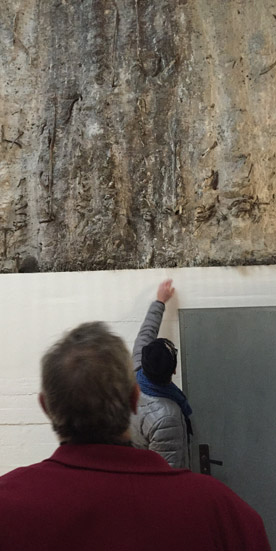Preservation without preservationists? Theories of adaptive reuse

Architects have always worked beyond the dogmas of institutional preservation when it comes to re-use or retrofitting of existing buildings. In addition to purely aesthetic and artistic values, the design process involves the exploration of technical and cultural characteristics of an existing fabric. Adaptation, transformation, and reorganisation are part of the process-oriented nature of buildings. The design strategy of complementing architecture has a direct impact on the development of the values linked to buildings and their interpretation, and thus, on the future perception of the cultural significance of a place.
How are these values applied to (architectural) design? Can preservation practice learn from architecture practice? The research work assumes that the theories and practices of add-on architecture since the 1950s imply many aspects – such as participation and processuality – which have been increasingly discussed within the realm of preservation theory since the beginning of the 21st century.
With the founding of the architect group Team 10 in 1953, the paradigms of modernism were critically examined for the very first time in the architecture context. The research identifies key theoretical positions for architectural designs within existing fabrics since Team 10. It examines and interprets the relevance of those positions on adaptive design of historic buildings in conjunction with a process-oriented preservation approach. Thus, the work will provide insights into preservation approaches of architectural design and will develop points of reference for further research questions concerning the interrelation between design theory and preservation.
The disseration was successfully defended in December 2021.
Researcher: Luise Rellensmann
